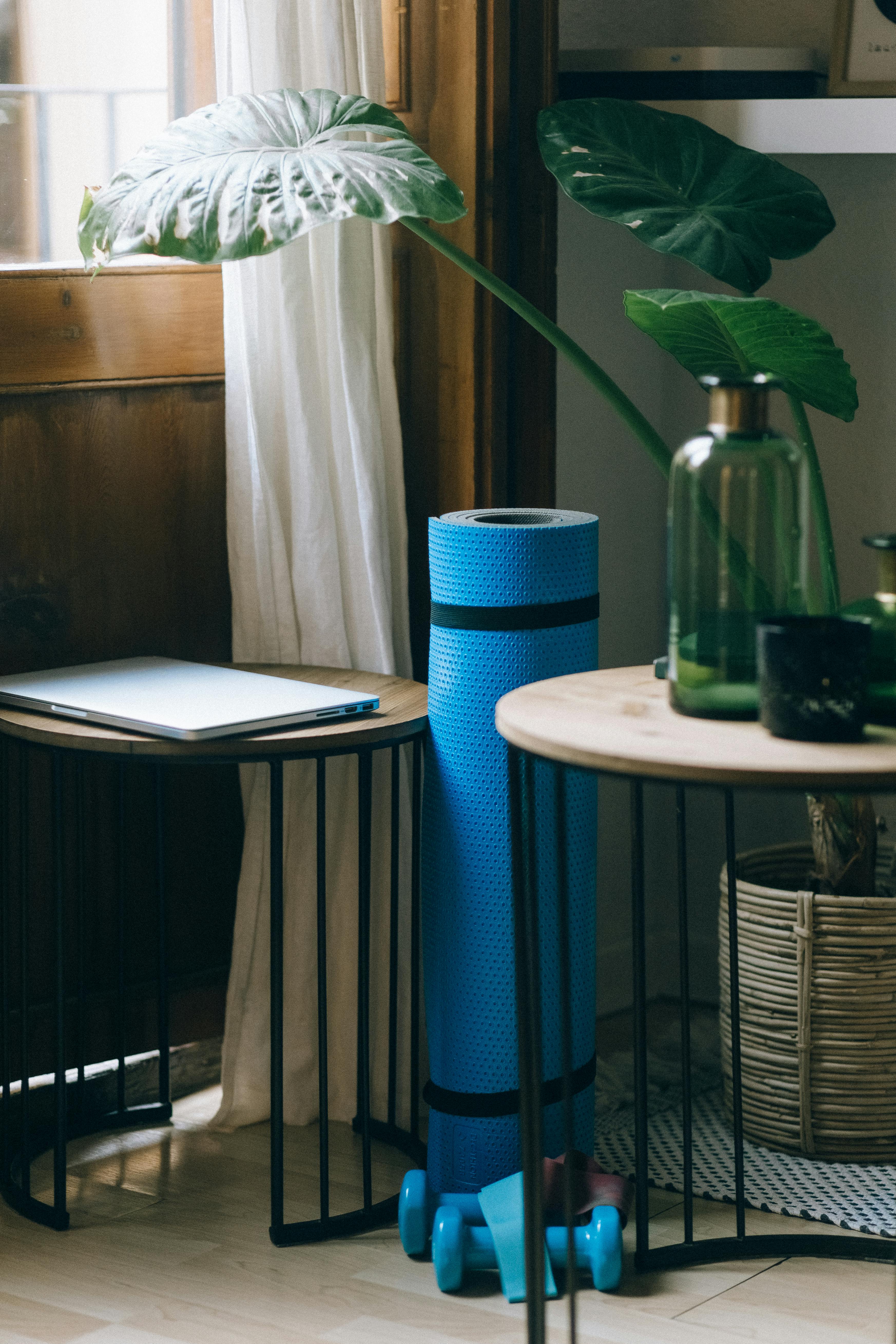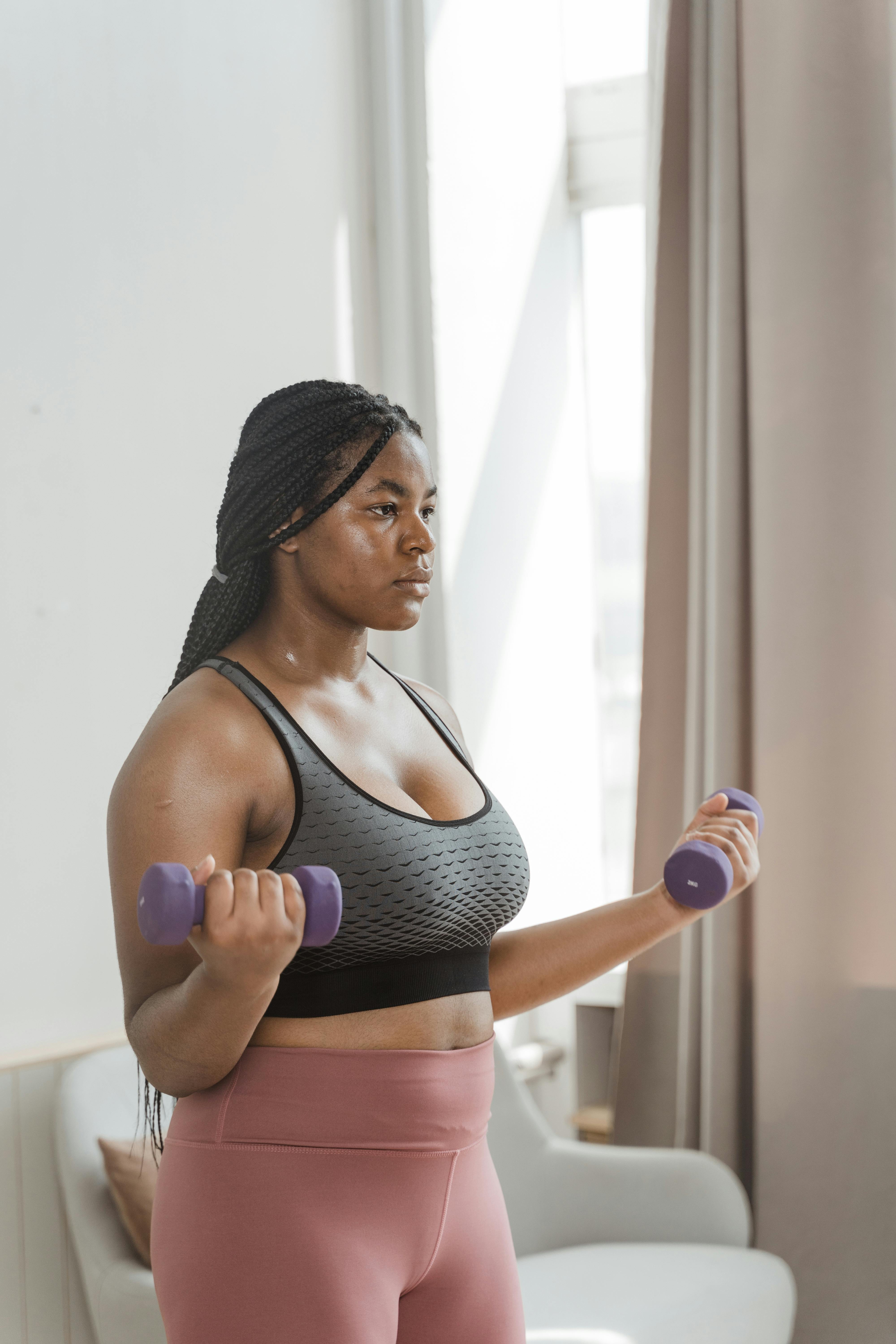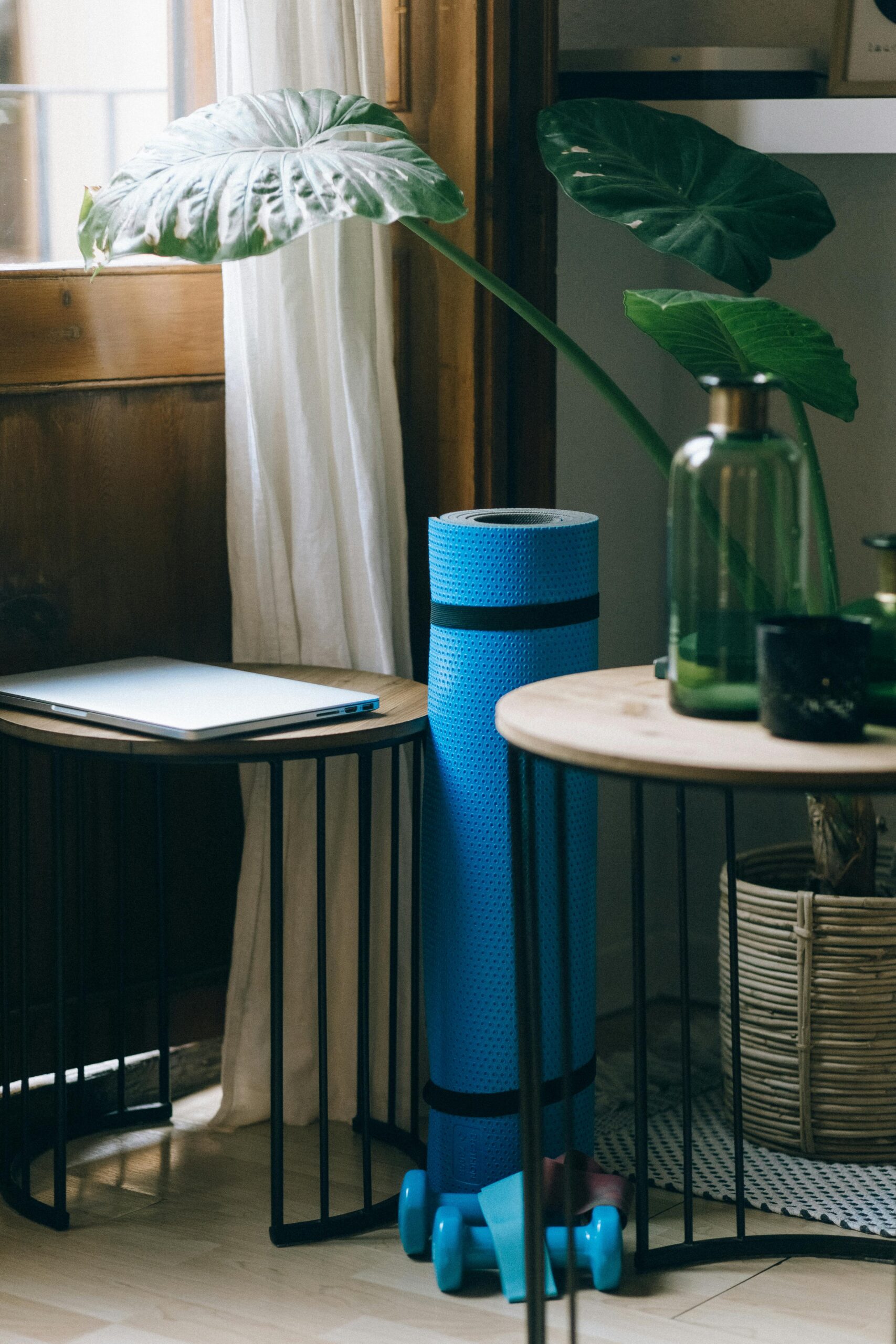Ultimate Weider Home Gym Workout Guide for All Levels
Home fitness has never been more accessible or more effective. With a comprehensive Weider home gym workout guide, anyone can achieve professional-level results without stepping foot outside. This guide provides detailed strategies, plans, and insider tips to help users maximize their Weider home gym equipment for total body transformation.

Understanding the Fundamentals
The Weider home gym is a versatile piece of equipment designed to offer a complete strength training experience. From beginners to advanced users, it serves as a foundation for building lean muscle, improving endurance, and boosting metabolism. Understanding its core functions is critical for success.
Originally inspired by legendary fitness coach Joe Weider, the system combines traditional resistance training with innovative design. It’s a self-contained solution for home-based fitness, saving time and money while delivering impressive results.
1.1 Components of a Weider Home Gym
Each Weider home gym typically includes multiple stations such as a chest press, leg developer, lat pulldown, and low pulley system. These components allow for full-body workouts from a single setup. Studies show multi-function gyms increase workout consistency by 60% compared to gym memberships.
In practice, this means you can train major muscle groups efficiently. Whether targeting your chest, back, arms, or legs, the system supports a wide range of motions and variations. Misconceptions that home gyms lack intensity are outdated—resistance levels go up to 214 lbs or more.
1.2 Principles of Progressive Overload
Progressive overload means gradually increasing the difficulty of workouts to stimulate muscle growth. Unlike bodyweight routines, the Weider gym offers measurable resistance. This is key for tracking progress and avoiding plateaus.
For example, increasing resistance by just 5 lbs weekly can yield substantial gains. Users can also manipulate reps, sets, and tempo to add variety. The controlled environment helps eliminate distractions and enhances focus.
Practical Implementation Guide
Now that we’ve covered the essentials, let’s explore how to implement your Weider home gym workout guide into everyday life. With consistency and smart planning, you’ll start noticing improvements in strength, physique, and confidence within a few weeks.

2.1 Actionable Steps
- Assess Your Goals: Decide whether you want to lose weight, gain muscle, or boost endurance. Choose workout routines accordingly.
- Set Up Your Equipment: Place your Weider home gym in a ventilated space with good lighting. Ensure stability and accessibility to all stations.
- Create a Weekly Plan: Start with 3 days per week focusing on different muscle groups. For example, upper body (Mon), lower body (Wed), full body (Fri).
2.2 Overcoming Challenges
Common obstacles include lack of motivation, improper form, and unrealistic expectations. To overcome them:
- Motivation: Track progress and reward milestones. Listen to music or use workout apps.
- Form: Watch instructional videos or consult diagrams provided in the manual.
- Plateaus: Rotate exercises and increase resistance periodically.
- Time Constraints: Perform high-intensity circuit training in 20 minutes.
- Fatigue: Ensure proper warm-up, hydration, and post-workout nutrition.
Experts recommend keeping a journal to log reps, resistance, and perceived exertion. This simple tool enhances accountability and clarity.
Advanced Applications
Once you’ve built a solid foundation, it’s time to upgrade your Weider home gym workout guide with advanced techniques. These strategies increase muscle density, reduce fat, and improve athletic performance.

3.1 Superset and Pyramid Training
Superset training involves performing two exercises back-to-back with no rest in between—ideal for fat-burning and time efficiency. Pyramid training, on the other hand, starts with light resistance and gradually increases, then tapers back down. Both methods improve muscle hypertrophy and stamina.
For example, combine a lat pulldown with seated rows for a brutal back superset. Use pyramid training on leg extensions, moving from 30 lbs to 70 lbs then back down. Studies show these methods enhance strength by up to 20% over linear routines.
3.2 Integrating Cardio and Functional Fitness
While the Weider system is primarily strength-based, integrating cardio using interval bursts between sets elevates heart rate and burns more calories. Combine jump rope, bodyweight squats, or high knees with strength movements for total conditioning.
You can also use resistance bands and stability balls to improve core strength and balance. These additions mimic real-world movement patterns and reduce the risk of injury during daily tasks.
Future Outlook
Home fitness is evolving with smart technology integration and virtual coaching. Future Weider home gyms may include digital tracking, auto-adjusting resistance, and app connectivity. Expect a 35% rise in connected fitness equipment by 2027.
To stay ahead, invest in modular equipment, follow fitness tech trends, and adapt your routine to new tools. Flexibility and continuous learning are the keys to long-term health and fitness success.
Conclusion
To recap, mastering the Weider home gym workout guide starts with understanding its components, applying structured routines, and gradually incorporating advanced strategies. Whether you’re a beginner or seasoned lifter, the versatility of this system makes it an excellent long-term investment.
Start your journey today by scheduling your first session. Consistency and commitment are your best allies—your future self will thank you.
Frequently Asked Questions
- Q: What is a Weider home gym and who is it for? It’s a multi-function workout station suitable for all fitness levels looking for strength and resistance training at home.
- Q: How do I get started with a Weider workout? Begin with simple full-body workouts 3 times a week. Follow a structured plan and increase resistance gradually.
- Q: How much time do I need each week? Around 45–60 minutes, three times a week is sufficient for noticeable results. Adjust based on goals.
- Q: What does a Weider home gym cost? Prices range from $300 to $800 depending on model and features. Factors include resistance type, attachments, and size.
- Q: How does it compare to a traditional gym? It saves time and money. While variety is limited compared to gyms, it’s ideal for consistent home use.
- Q: Is it hard to learn the equipment? No. It comes with clear instructions. Most exercises are intuitive and mimic traditional gym movements.
- Q: Can professionals use this system too? Yes, many advanced users integrate it into split routines or use it for rehab and supplemental strength work.
